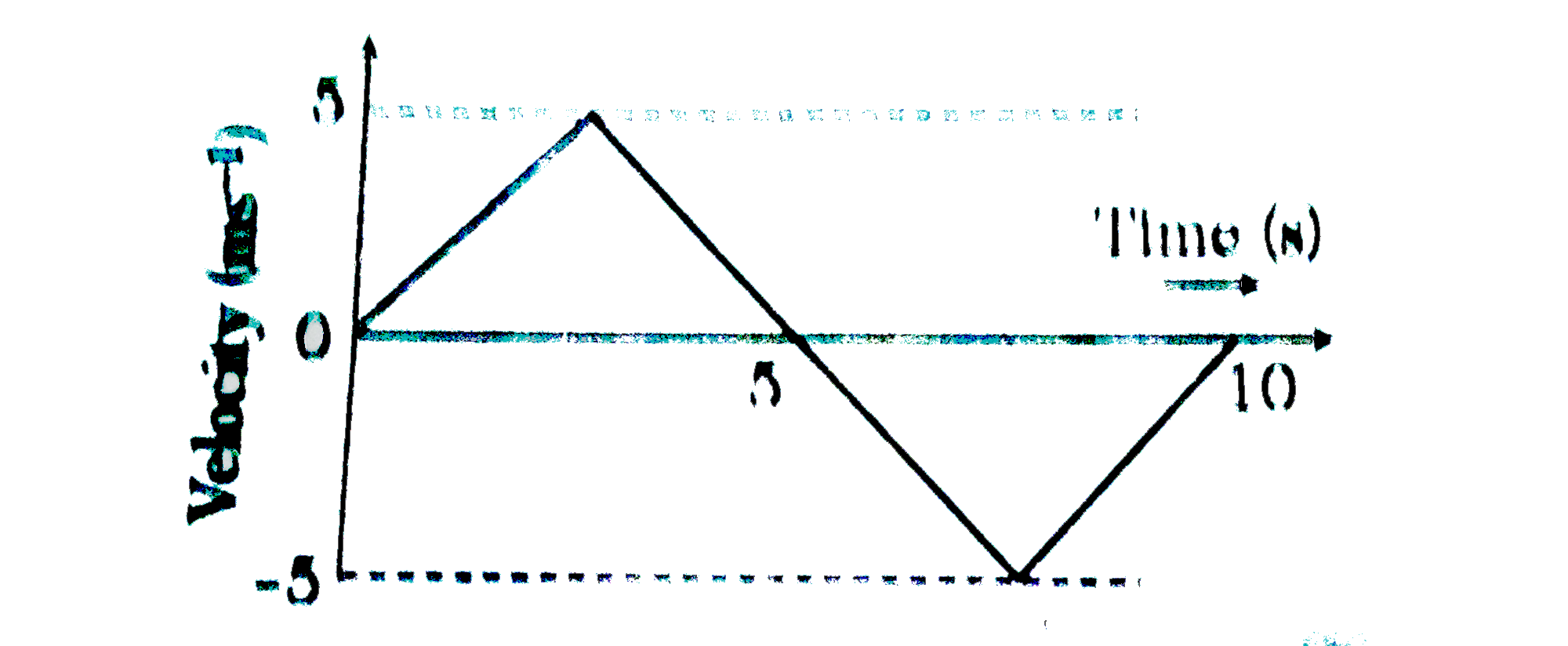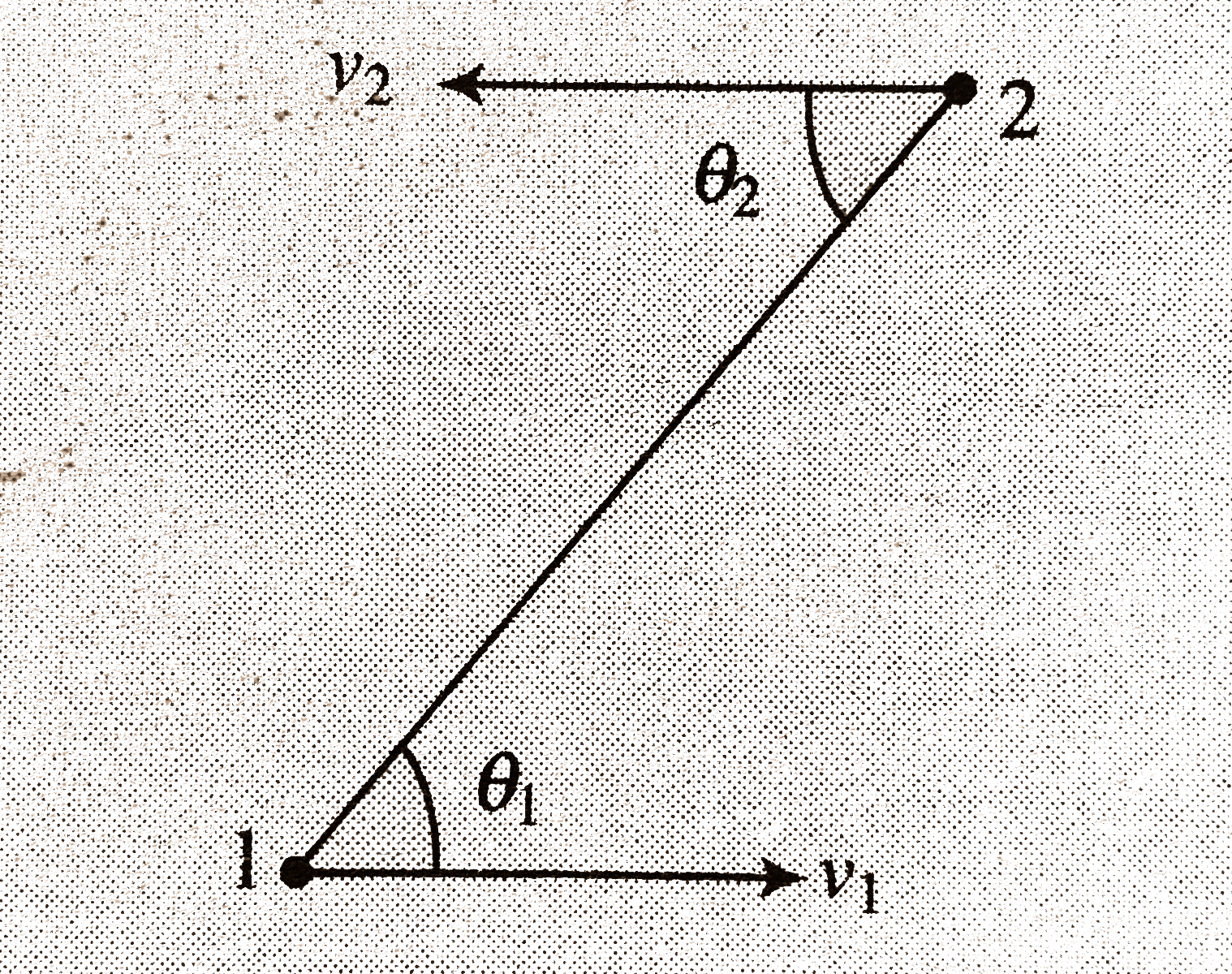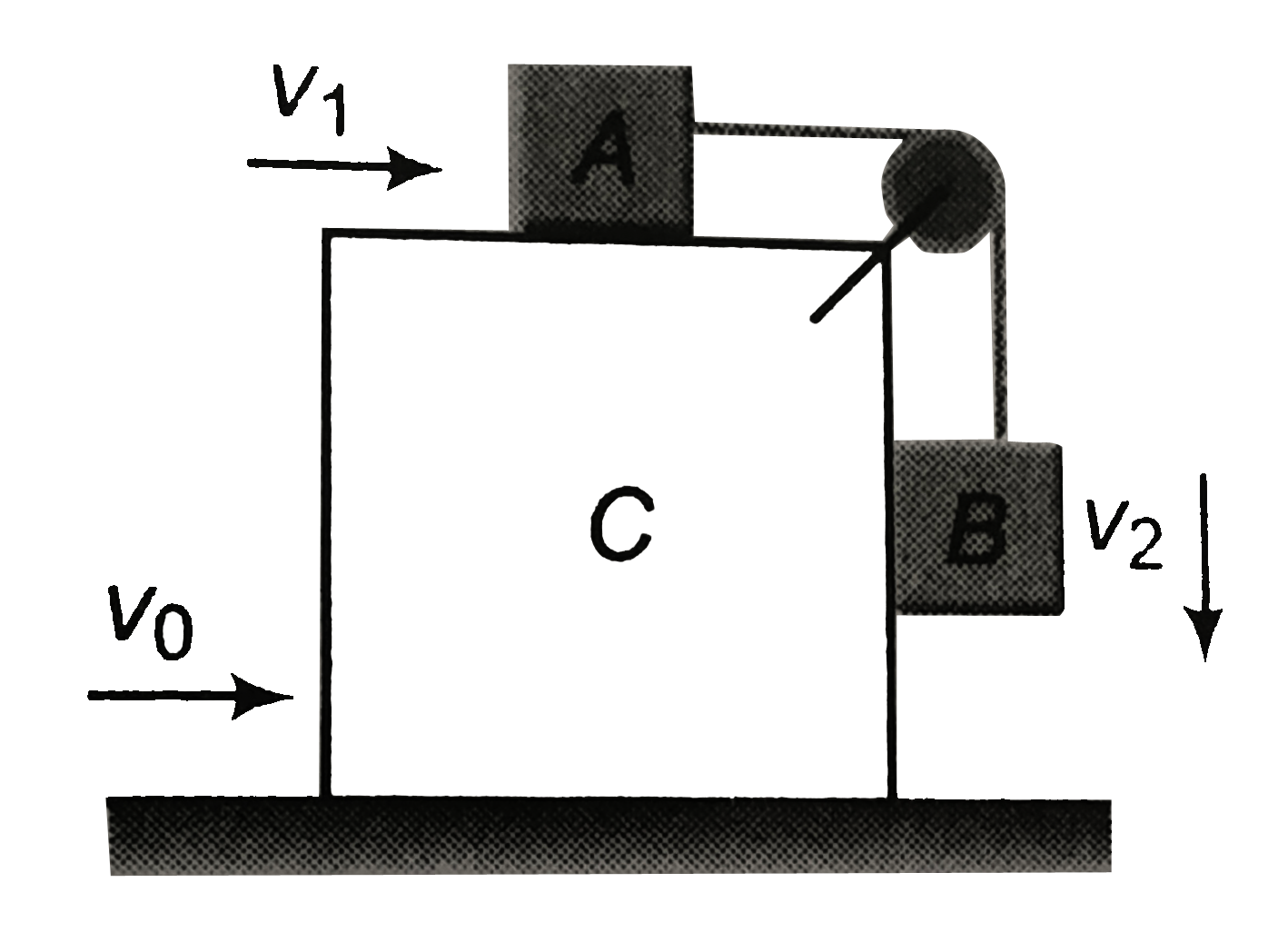STATEMENT -1 : For an observer looking out through the window of a fast moving train , the nearby objects appear to move in the opposite direction to the train , while the distant objects appear to be stationary .
STATEMENT - 2 : If the observer and the object are moving at velocities →v1 and →v2 respecttively with refrence to a laboratory frame , the velocity of the object with respect to a laboratory frame , the velocity of the object with respect to the observer is →v2−→v(1) .
(a) Statement -1 is True, statement -2 is true , statement -2 is a correct explanation for statement -1
(b) Statement 1 is True , Statement -2 is True , statement -2 is NOT a correct explanation for statement -1
(c) Statement - 1 is True , Statement -2 is False
(d) Statement -1 is False, Statement -2 is True
Statement-1 is True, Statement-2 is True, Statement-2 is a correct explanation for Statement-1
Statement-1 is True, Statement-2 is True, Statement-2 is NOT a correct explanation for Statement-2
Statement-1 is True, Statement-2 is False
Statement-1 is False, Statement-2 is True
The correct Answer is:B
To solve the problem, we will analyze both statements step by step to determine their validity and the relationship between them.
Step 1: Analyze Statement 1
Statement 1: For an observer looking out through the window of a fast-moving train, the nearby objects appear to move in the opposite direction to the train, while the distant objects appear to be stationary.
- When a train moves quickly, the observer inside the train sees nearby objects (like trees, buildings) moving past them in the opposite direction to the train's motion. This is due to the relative motion between the observer and the nearby objects.
- Distant objects (like mountains or the moon) appear stationary because the angle of view changes very little over time, making their motion imperceptible to the observer.
Conclusion for Statement 1: True.
Step 2: Analyze Statement 2
Statement 2: If the observer and the object are moving at velocities →v1 and →v2 respectively with reference to a laboratory frame, the velocity of the object with respect to the observer is →v2−→v1.
- This statement describes how to calculate the relative velocity of an object as seen by an observer. If the observer is moving at velocity →v1 and the object is moving at velocity →v2, then the relative velocity of the object with respect to the observer is indeed calculated as →v2−→v1.
- This formula is a standard result in kinematics for finding relative velocities.
Conclusion for Statement 2: True.
Step 3: Determine the Relationship Between the Statements
- Statement 2 provides a mathematical explanation for the observations made in Statement 1. The relative velocity formula helps to explain why nearby objects appear to move in the opposite direction while distant objects appear stationary.
- Since both statements are true and Statement 2 correctly explains Statement 1, we can conclude that Statement 2 is a correct explanation for Statement 1.
Final Conclusion
Both statements are true, and Statement 2 is a correct explanation for Statement 1. Therefore, the correct option is:
(a) Statement 1 is True, Statement 2 is True, Statement 2 is a correct explanation for Statement 1.
---
Statement 1: For an observer looking out through the window of a fast-moving train, the nearby objects appear to move in the opposite direction to the train, while the distant objects appear to be stationary.
- Distant objects (like mountains or the moon) appear stationary because the angle of view changes very little over time, making their motion imperceptible to the observer.
Statement 2: If the observer and the object are moving at velocities →v1 and →v2 respectively with reference to a laboratory frame, the velocity of the object with respect to the observer is →v2−→v1.
- This formula is a standard result in kinematics for finding relative velocities.
- Statement 2 provides a mathematical explanation for the observations made in Statement 1. The relative velocity formula helps to explain why nearby objects appear to move in the opposite direction while distant objects appear stationary.
- Since both statements are true and Statement 2 correctly explains Statement 1, we can conclude that Statement 2 is a correct explanation for Statement 1.
Both statements are true, and Statement 2 is a correct explanation for Statement 1. Therefore, the correct option is:
(a) Statement 1 is True, Statement 2 is True, Statement 2 is a correct explanation for Statement 1.
Topper's Solved these Questions
- BOOK - ALLENCHAPTER - KINEMATICSEXERCISE - Comprehension#13videos
KINEMATICS
- BOOK - ALLENCHAPTER - KINEMATICSEXERCISE - Comprehension#25videos
KINEMATICS
- BOOK - ALLENCHAPTER - KINEMATICSEXERCISE - EXERCISE-036videos
KINEMATICS
- BOOK - ALLENCHAPTER - ERROR AND MEASUREMENTEXERCISE - Part-2(Exercise-2)(B)22videos
ERROR AND MEASUREMENT
- BOOK - ALLENCHAPTER - KINEMATICS (MOTION ALONG A STRAIGHT LINE AND MOTION IN A PLANE)EXERCISE - BEGINNER S BOX-78videos
KINEMATICS (MOTION ALONG A STRAIGHT LINE AND MOTION IN A PLANE)
Similar Questions
If you lok out of the window of a fast moving train the nearby trees, houses etc,. Seem to move rapidly in a direction opposite to the train's motion, but the distant objects seem to be stationary. Why?
View SolutionThe v-t plot of a moving object ios shown in the figure. The average velocity of the object during the first 10 s is
 View Solution
View SolutionTwo objects A and B are moving in opposite directions with velocities vAandvB respectively, the magnitude of relative velocity of A w.r.t. B is
View SolutionWhat is the momentum of an object of mass m , moving with a velocityv ?
View SolutionA man is sitting inside a moving train and observes the stationary objects outside of the train. Then choose the single correct choice from the following statements−
View SolutionA car is moving with velocity →vc towards north and a train is moving towards east with velocity →vt . Find the direction of relative velocity of car with respect to train.
View SolutionTwo particles 1and2 move with velocities →v1 and →v2 making the angles θ1andθ2 with the line joining them, respectively. Find angular velocity of relative→1.
 .View Solution
.View SolutionAn observer measures speed of light to be C, when he is stationary with respect to the source. If the observer moves with velocity V towards the source then the velocity of light observed will be
View SolutionTo a ground observer the block C is moving with v0 and the block A with v1 and B is moving with v2 relative to C as shown in figure. Identify the correct statement.
 View Solution
View SolutionTwo objects of masses 100g and 200g are moving along the same line in the same direction with velocities of 2m/s and 1m/s, respectively. They collide and after the collison, the first object moves at a velocity of 1.67m/s in the same direction. Determine the velocity of the second object.
View Solution
